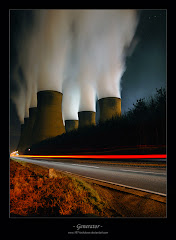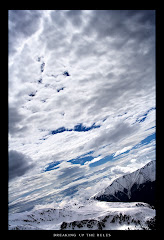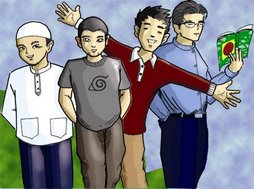by Trey Granger on August 6th, 2007
Harrisburg, PA - The Department of Environmental Protection and its regional air quality partnerships today announced an air quality action day is forecast for Tuesday, Aug. 7, in the Philadelphia, Pittsburgh and south central Susquehanna Valley regions.
The forecast says Tuesday will be code ORANGE for ozone in the Philadelphia area, and for fine particulate matter in the Pittsburgh and Susquehanna Valley areas.
The Philadelphia region includes Philadelphia, Bucks, Chester, Delaware and Montgomery counties;
The Pittsburgh region includes Allegheny, Armstrong, Beaver, Butler, Fayette, Washington and Westmoreland counties; and
The Susquehanna Valley region includes Cumberland, Lebanon, Dauphin, Lancaster and York counties.
The U.S. Environmental Protection Agency’s standardized air quality index uses colors to report daily air quality (green signifies good, yellow means moderate, orange represents unhealthy pollution levels for sensitive people, and red warns of unhealthy pollution levels for all). Air quality action days are declared at orange and red when fine particulate matter reaches unhealthy levels.
Ground-level ozone, a key component of smog, forms during warm weather when pollution from vehicles, industry, households and power plants “bakes” in the hot sun, making it hard for some people to breathe.
Fine particulate matter, or PM 2.5, has a diameter of less than 2.5 micrometers, about one-thirtieth the diameter of a human hair. Unlike ozone, particulate matter pollution can occur year-round. These particles can get deep into the lungs and cause significant health problems. PM 2.5 has been determined to be most closely associated with health effects related to increased hospitals admissions and emergency room visits for heart and lung disease, increased respiratory symptoms and disease, and decreased lung function.
The particles come from a wide range of sources — from power plants, industry, cars, trucks, buses, wood stoves and forest fires. Some particles are released when fuels are burned; others form in the atmosphere from reactions between gases released from power plants and factories.
On air quality action days, young children, the elderly and people with respiratory problems, such as asthma, emphysema and bronchitis, are especially vulnerable to the effects of air pollution and should limit outdoor activities.
To help keep the air healthy, residents and businesses are encouraged to voluntarily limit certain pollution-producing activities by taking the following steps:
Ride the bus or carpool to work;
Avoid burning leaves, trash and other materials;
Wash dishes and clothes with full loads; and
Save energy - do not overcool your home.
These forecasts are provided in conjunction with the Air Quality Partnership of the Delaware Valley, the Southwest Pennsylvania Air Quality Partnership, the Lehigh Valley/Berks Air Quality Partnership, and the Susquehanna Valley Air Quality Partnership.
For more information on ozone and fine particulate matter, visit http://www.depweb.state.pa.us, keyword: Ozone. For more information on the Air Quality Partnerships, view the air quality forecast, or receive free daily forecasts by e-mail, visit http://www.aqpartners.org. For more information on air quality in your area, visit Earth 911’s Air Quality page.
Langgan:
Catat Ulasan (Atom)






Tiada ulasan:
Catat Ulasan